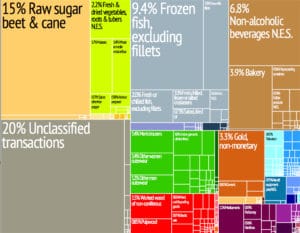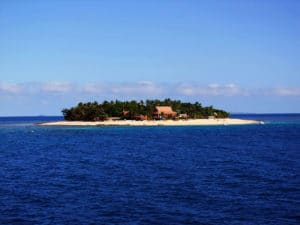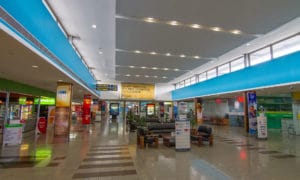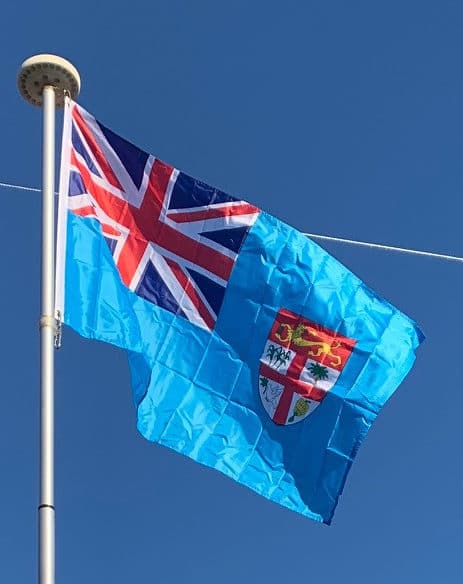
Economic liberalization in the years following the coup created a boom in the garment industry and a steady growth rate despite growing uncertainty regarding land tenure in the sugar industry. The expiration of leases for sugar cane farmers (along with reduced farm and factory efficiency) has led to a decline in sugar production despite subsidies for sugar provided by the EU; Fiji has been the second largest beneficiary of sugar subsidies after Mauritius. Fiji’s vital gold mining industry based in Vatukoula, which shut down in 2006, was reactivated in 2008.
Urbanization and expansion in the service sector have contributed to recent GDP growth. Sugar exports and a rapidly growing tourist industry – with tourists numbering 430,800 in 2003 and increasing in the subsequent years – are the major sources of foreign exchange. Fiji is highly dependent on tourism for revenue. Sugar processing makes up one-third of industrial activity. Long-term problems include low investment and uncertain property rights. The political turmoil in Fiji in the 1980s, the 1990s, and 2000 had a severe impact on the economy.
Fiji has a significant amount of tourism with the popular regions being Nadi, the Coral Coast, Denarau Island, and Mamanuca Islands. The biggest sources of international visitors by country are Australia, New Zealand and the United States. Fiji has a significant number of soft coral reefs, and scuba diving is a common tourist activity.

Fiji’s main attractions to tourists are primarily white sandy beaches and aesthetically pleasing islands with all-year-round tropical weather. In general, Fiji is a mid-range priced holiday/vacation destination with most of the accommodations in this range. It also has a variety of world class five-star resorts and hotels. More budget resorts are being opened in remote areas, which will provide more tourism opportunities. CNN named Fiji’s Laucala Island Resort as one of the fifteen world’s most beautiful island hotels.
Transportation:
The Nadi International Airport is located 9 kilometers (5.6 mi) north of central Nadi and is the largest Fijian hub. Nausori International Airport is about 23 kilometres (14 mi) northeast of downtown Suva and serves mostly domestic traffic with flights from Australia and New Zealand. The main airport in the second largest island of Vanua Levu is Labasa Airport located at Waiqele, southwest of Labasa Town. The largest aircraft handled by Labasa Airport is the ATR 72. Airports Fiji Limited (AFL) is responsible for the operation of 15 public airports in the Fiji Islands. These include two international airports: Nadi international Airport, Fiji’s main international gateway, and Nausori Airport, Fiji’s domestic hub, and 13 outer island airports. Fiji’s main airline was previously known as Air Pacific, but is now known as Fiji Airways.

Fiji’s larger islands have extensive bus routes that are affordable and consistent in service. There are bus stops, and in rural areas buses are often simply hailed as they approach. Buses are the principal form of public transport and passenger movement between the towns on the main islands. Buses also serve on roll-on-roll-off inter-island ferries. Bus fares and routes are heavily regulated by the Land Transport Authority (LTA). Bus and taxi drivers hold Public Service Licenses (PSVs) issued by the LTA.
